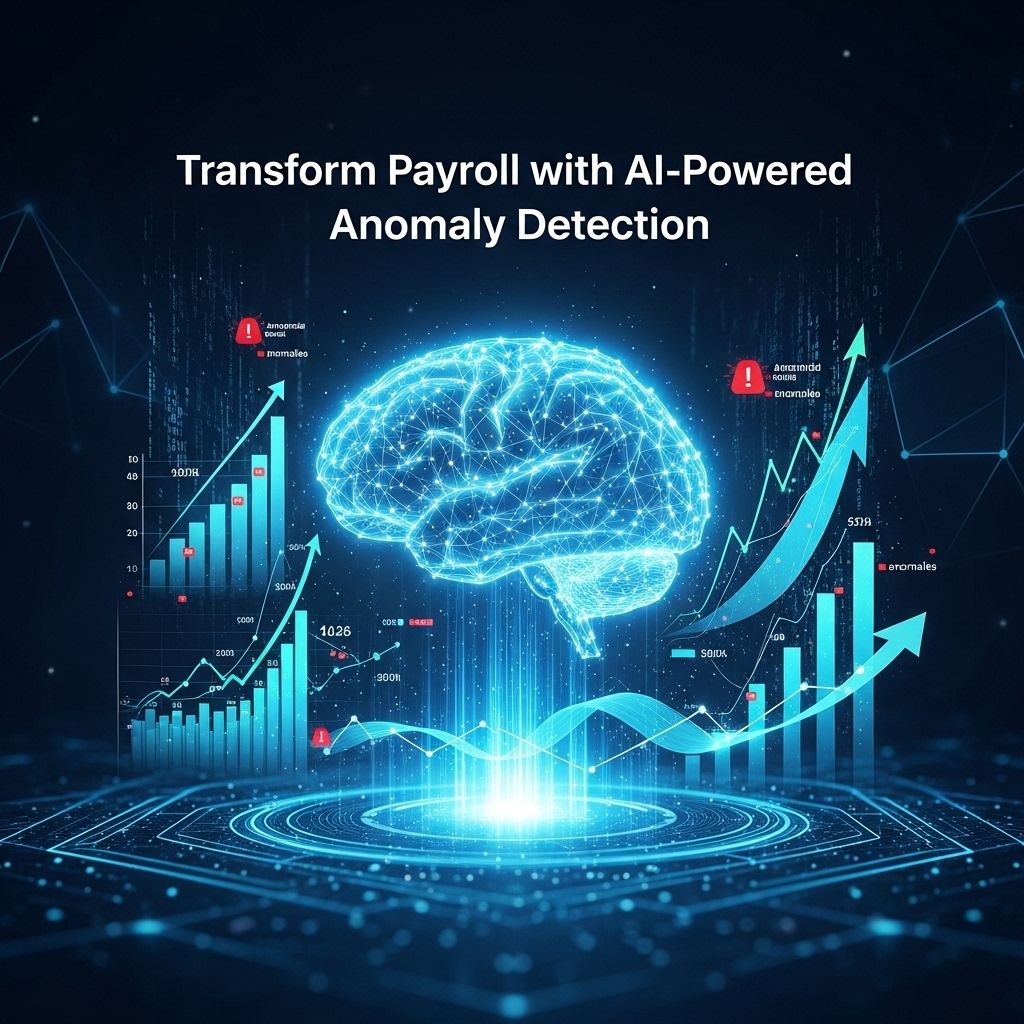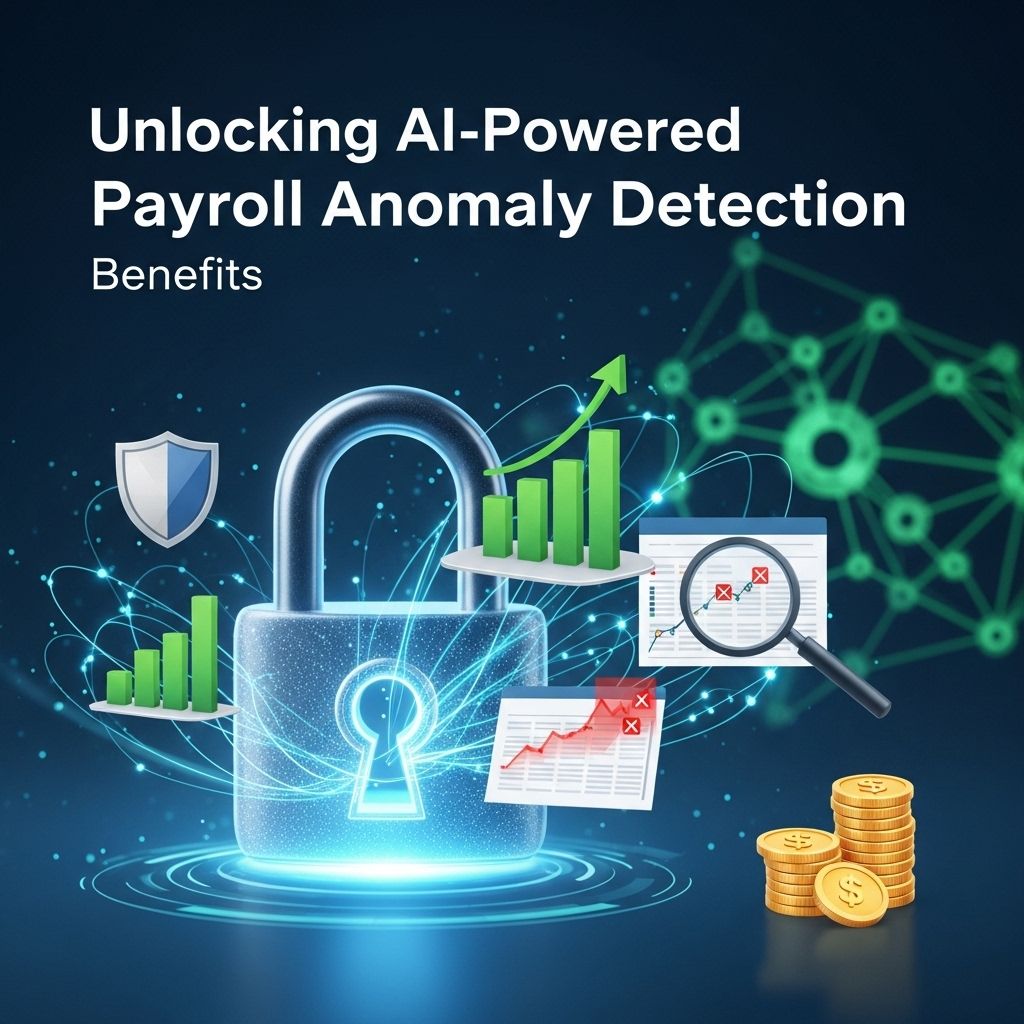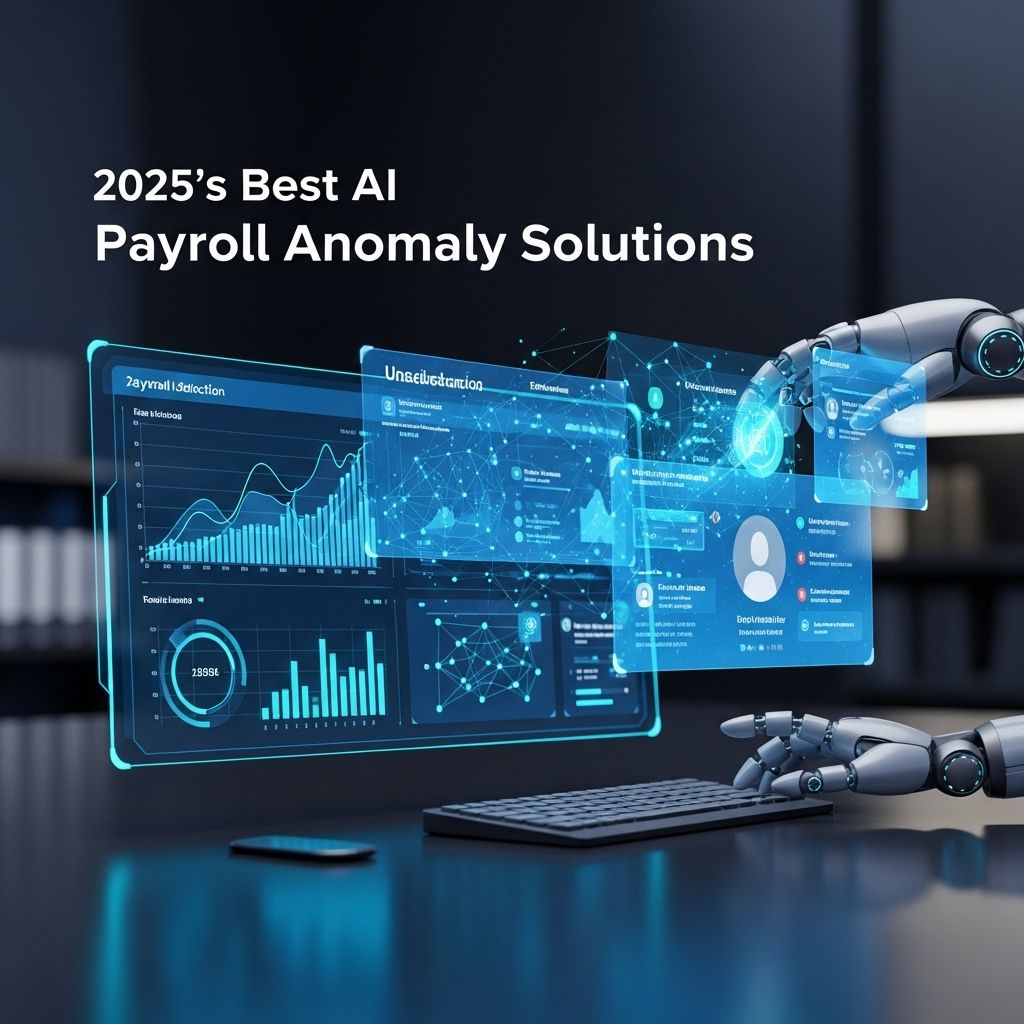Transform Payroll with AI-Powered Anomaly Detection
Discover how AI-powered anomaly detection can revolutionize payroll processes by identifying errors and enhancing efficiency in your organization.

In today’s fast-paced business environment, organizations are increasingly turning to technology to streamline their operations. One of the most critical areas where technology can make a significant impact is payroll management. Traditional payroll systems, while effective to an extent, are often susceptible to errors, fraud, and inefficiencies that can cost companies both time and money. Enter AI-powered anomaly detection—a transformative approach that not only enhances payroll accuracy but also helps organizations stay compliant and mitigate risks.
Table of Contents
The Importance of Accurate Payroll Management
Payroll management is an essential function of any business, directly affecting employee satisfaction and compliance with labor laws. Accurate payroll ensures that employees are paid correctly and on time, which in turn fosters trust and morale within the organization. However, the complexity of payroll processes, including variable employee hours, overtime calculation, and tax deductions, often leads to errors.
Common Payroll Challenges
- Data Entry Errors: Manual data entry can lead to inaccuracies that affect payroll calculations.
- Complex Tax Regulations: Navigating through various tax laws can be challenging, leading to potential compliance issues.
- Fraud: Payroll fraud is a significant concern, with employees sometimes manipulating data for personal gain.
- High Turnaround Times: Traditional payroll processes can be slow and cumbersome, causing delays in payments.
What is AI-Powered Anomaly Detection?
AI-powered anomaly detection is a technology that employs machine learning algorithms to identify irregularities or unexpected patterns in data. In the context of payroll, this means analyzing payroll data in real-time to detect any deviations from the norm. By leveraging advanced analytics, organizations can quickly identify potential issues before they escalate into significant problems.
How It Works
The process of AI-powered anomaly detection in payroll involves several key steps:
- Data Collection: Collect payroll data, including hours worked, salaries, bonuses, and deductions.
- Data Preprocessing: Clean and organize the data to ensure accuracy and consistency.
- Model Training: Use historical payroll data to train machine learning models to recognize normal patterns.
- Anomaly Detection: Continuously analyze the incoming payroll data against established patterns to identify any anomalies.
- Alert Generation: Generate alerts for HR or payroll administrators when anomalies are detected for further investigation.
Benefits of Implementing AI-Powered Anomaly Detection
Integrating AI-powered anomaly detection into payroll systems can yield significant benefits for organizations:
Enhanced Accuracy
AI can analyze vast amounts of data with precision, significantly reducing the chances of human error. This leads to more accurate payroll calculations and timely payments.
Fraud Prevention
By identifying irregularities, AI-powered systems can help prevent payroll fraud before it happens. This proactive approach safeguards the organization’s financial resources.
Time Efficiency
Automation of anomaly detection allows payroll teams to focus on more strategic tasks rather than spending time on manual checks and reconciliations.
Improved Compliance
AI systems can assist organizations in staying compliant with ever-changing labor laws and tax regulations by providing alerts related to potential compliance risks.
Case Study: Implementation of AI in Payroll
To illustrate the power of AI-powered anomaly detection, let’s explore a hypothetical case study of a mid-sized company, Tech Innovations Inc.
Company Overview
Tech Innovations Inc. employs 500 individuals and manages a complex payroll structure with varying employee roles, pay rates, and benefits. They faced challenges such as frequent payroll errors, delayed payments, and concerns over potential fraud.
Solution
After evaluating various solutions, the company opted to implement an AI-powered payroll system equipped with anomaly detection capabilities. The implementation process included:
- Assessment: Analyzing existing payroll processes to identify areas for improvement.
- Integration: Integrating AI tools with existing payroll software.
- Training: Providing training for payroll staff on utilizing the new system.
- Monitoring: Continuously monitoring payroll processes and AI performance.
Results
Within six months of implementation, Tech Innovations Inc. reported the following outcomes:
| Metric | Before AI Implementation | After AI Implementation |
|---|---|---|
| Payroll Errors | 15% | 2% |
| Fraud Incidents | 3 | 0 |
| Processing Time | 8 days | 3 days |
Challenges in Implementing AI-Powered Anomaly Detection
While the benefits are clear, implementing AI-powered anomaly detection is not without challenges. Organizations may face:
Data Privacy Concerns
Handling sensitive employee data requires stringent security measures to ensure privacy and compliance with regulations such as GDPR.
Integration Issues
Integrating new AI systems with legacy payroll software can pose technical challenges that require careful planning and resources.
Change Management
Employees may resist transitioning to automated systems, necessitating effective change management strategies to facilitate acceptance.
Future Trends in Payroll Management
The future of payroll management is undoubtedly leaning towards greater automation through AI and machine learning technologies. Here are some trends to watch:
- Increased Personalization: AI will enable more tailored payroll solutions to meet individual employee needs.
- Real-time Analytics: Organizations will benefit from real-time data insights that facilitate immediate decision-making.
- Blockchain Integration: Blockchain technology may enhance payroll security and transparency.
Conclusion
Incorporating AI-powered anomaly detection into payroll systems is not just a trend but a critical step towards modernizing payroll management. By leveraging advanced analytics, organizations can enhance accuracy, prevent fraud, and improve compliance, paving the way for a more efficient and secure payroll process. As technology continues to evolve, so too will the possibilities for transforming payroll functions, ultimately leading to better outcomes for employees and organizations alike.
FAQ
What is AI-powered anomaly detection in payroll?
AI-powered anomaly detection in payroll refers to the use of artificial intelligence algorithms to identify unusual patterns or discrepancies in payroll data, helping organizations catch errors or fraudulent activities more efficiently.
How does anomaly detection improve payroll accuracy?
Anomaly detection enhances payroll accuracy by automatically analyzing large volumes of data to spot inconsistencies, reducing the risk of human error and ensuring that employees are paid correctly.
What benefits does AI offer for payroll processing?
AI offers numerous benefits for payroll processing, including faster data analysis, real-time monitoring of payroll transactions, and improved compliance with labor laws, ultimately leading to cost savings for businesses.
Can anomaly detection help in compliance with payroll regulations?
Yes, anomaly detection can help organizations comply with payroll regulations by identifying irregularities that may indicate non-compliance, allowing for timely corrections and avoiding potential fines.
Is it easy to implement AI-powered anomaly detection in existing payroll systems?
Implementing AI-powered anomaly detection in existing payroll systems can vary in complexity, but many modern payroll solutions offer integration options that allow businesses to adopt this technology with relative ease.
What should businesses look for when choosing an AI-powered payroll solution?
When choosing an AI-powered payroll solution, businesses should look for features like robust anomaly detection capabilities, user-friendly interfaces, compliance tools, and strong customer support to ensure a smooth transition and effective use.


